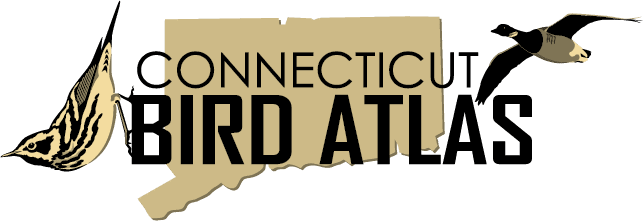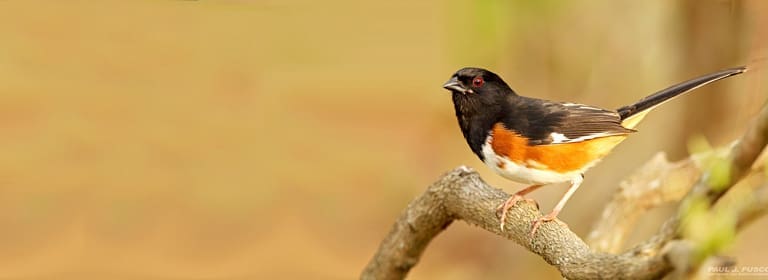
Protecting the state’s birds requires that we know where they are. The Connecticut Bird Atlas will map all species found in the state during both nesting and non-nesting seasons. From 2018-2022, birdwatchers are helping to document the distribution, abundance, and breeding activities of birds at sites throughout the entire state.
The Connecticut Bird Atlas aims to provide comprehensive information about the distributions of all species that occur in the state. With the help of the state’s birding community, they will conduct field work during both breeding and non-breeding periods, with data collection focused on describing both where each species occurs and how abundance varies across the state.
Specific goals include:
- Describe the distribution and abundance of each breeding species.
- Document changes in breeding distribution since the first Connecticut Breeding Bird Atlas, conducted in the 1980s.
- Describe the distribution and abundance of each species during non-breeding periods.
- Identify the most important factors affecting where each species occurs.
- Develop methods for predicting how Connecticut’s changing landscape will affect birds.
- Inform decision making for conservation priority species identified in the State Wildlife Action Plan.
- Make project data available to all stakeholders interested in improving bird conservation in the state.
A link to the results will be added when it becomes available. A placeholder site is available at https://elphick.lab.uconn.edu/connecticut-bird-atlas/
The Connecticut Bird Atlas is a joint project of the Connecticut Department of Energy and Environmental Protection Wildlife Division and the University of Connecticut, with additional funding from the Connecticut Ornithological Association, Connecticut Audubon Society, Audubon Connecticut, Great Hollow Nature Preserve and Ecological Research Center, the Community Foundation of Middlesex County, Hartford Audubon Society, Litchfield Hills Audubon, Menunkatuck Audubon Chapter, New Haven Bird Club, Potopaug Bird Club, and the Western Connecticut Bird Club.

